14 Fruit Trees That Can Grow And Thrive Indoors
Growing fruit trees indoors might sound like a challenge, but it is easier than most people think. Many small fruit trees adapt well to pots and cozy corners by a sunny window. If you enjoy fresh produce and want something more rewarding than a typical houseplant, this is worth trying. With the right setup, you can enjoy fresh fruits year-round. Keep reading to see which ones you can bring into your home.
This post may contain affiliate links, which helps keep this content free. Please read our disclosure for more info.
Calamondin Orange
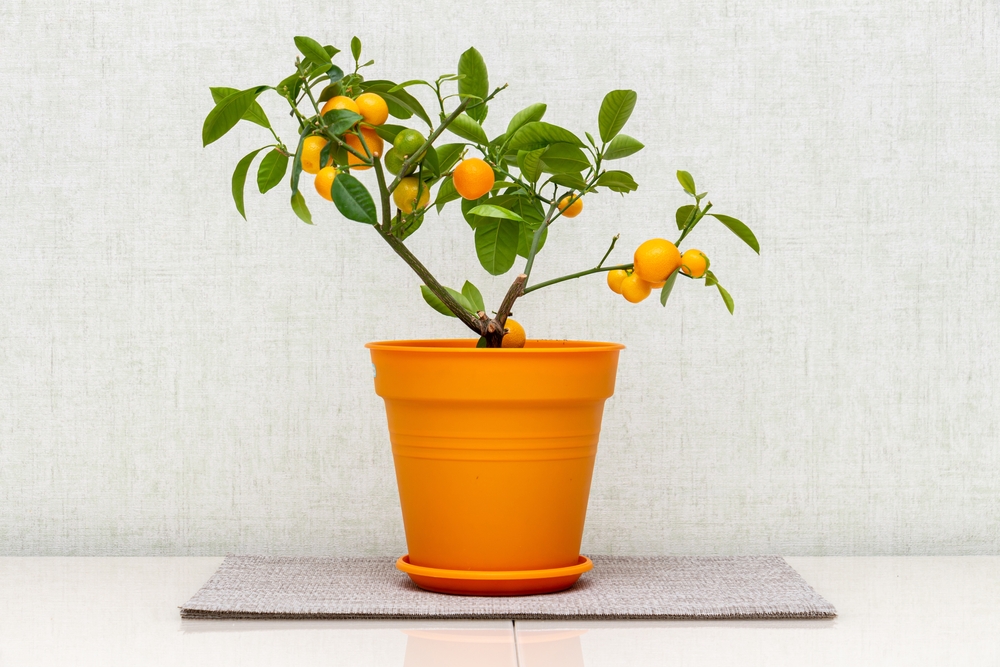
The Calamondin Orange tree is perfect for indoor spaces because it stays compact and grows well in containers. It likes bright, indirect sunlight and can handle temperatures between 60 to 70 degrees Fahrenheit. You can plant it in early spring when the days start getting longer. This tree reaches about 4 to 6 feet indoors with proper care.
It produces small, tart oranges that look beautiful and smell fresh all year. Regular watering and a well-draining soil mix will keep it healthy indoors. Make sure the pot has good drainage to avoid root rot. Prune lightly to maintain its shape and size.
Meyer Lemon
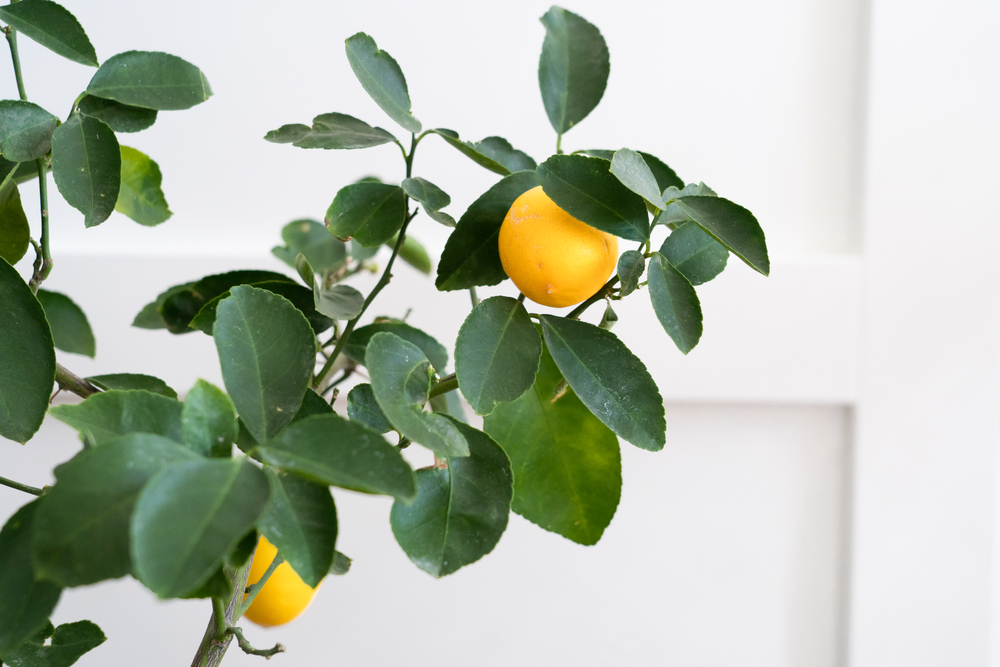
The Meyer Lemon tree is a favorite for indoor growers due to its sweet fruit and manageable size. It grows best in a bright spot with direct sunlight for at least 6 hours a day. The best time to plant it is in late winter or early spring. Indoors, it usually grows between 4 to 6 feet tall.
This tree prefers indoor temperatures between 65 to 75 degrees Fahrenheit. Its fragrant flowers and thin-skinned lemons add charm to any room. Water when the top inch of soil feels dry, and keep humidity steady. You can place a small humidifier nearby if the air feels dry.
Dwarf Cavendish Banana
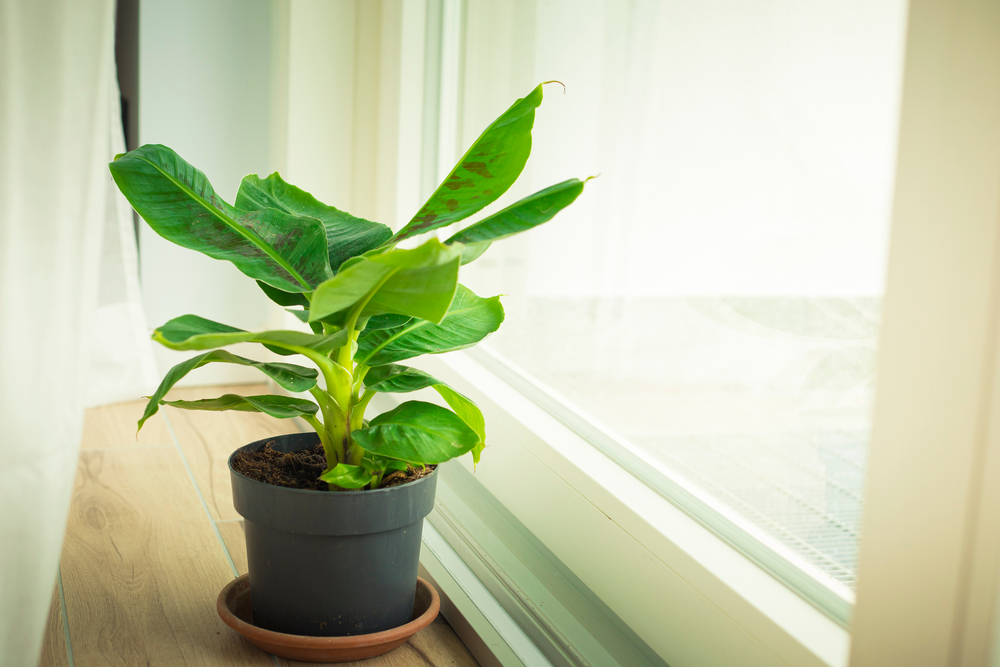
The Dwarf Cavendish Banana tree brings a tropical touch to indoor spaces. It enjoys warmth and does well in temperatures from 70 to 85 degrees Fahrenheit. Spring is an ideal time to plant it, allowing it to settle during the warmer months. It usually grows up to 6 feet indoors with large, leafy foliage.
This banana tree needs bright light and plenty of moisture to stay happy. A sunny window or grow light works well for this plant. It does not produce fruit quickly, but the lush green leaves are a reward on their own. Mist the leaves occasionally to keep them from drying out.
Dwarf Pomegranate
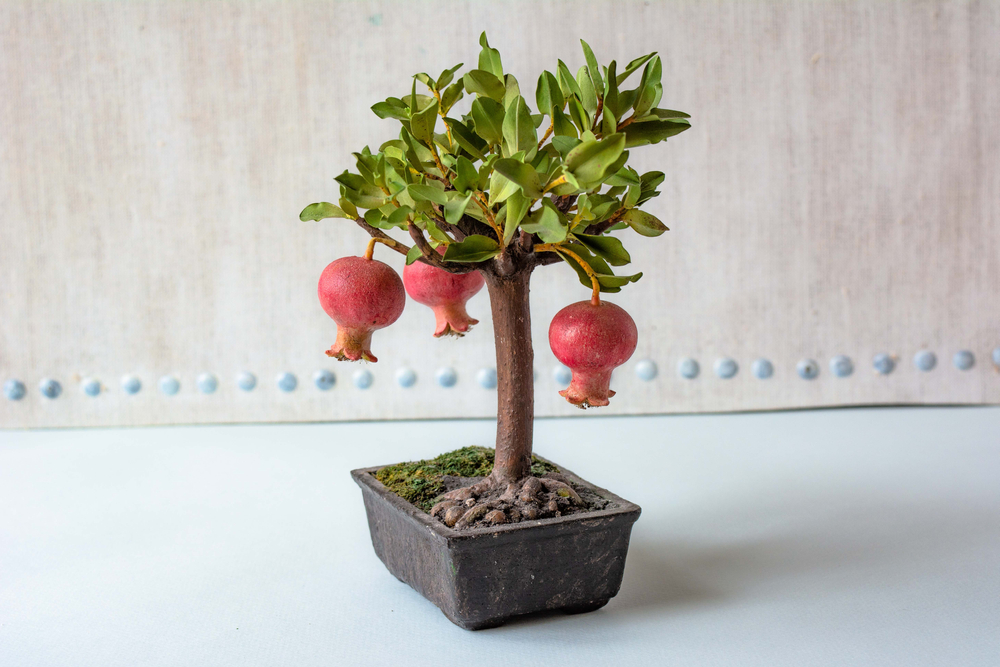
The Dwarf Pomegranate tree is great for containers and thrives with full sun indoors. It prefers temperatures between 60 to 70 degrees Fahrenheit and grows to around 2 to 4 feet tall. Early spring is the best time to start planting this tree. It produces small fruits and bright orange-red flowers that brighten up any room.
This tree needs regular watering but does not like soggy roots. Use a well-draining potting mix and make sure the pot has holes at the bottom. It benefits from a cooler rest period in winter to promote blooming. With good light and care, you might see fruit within the first few years.
Fig Tree (Ficus carica)
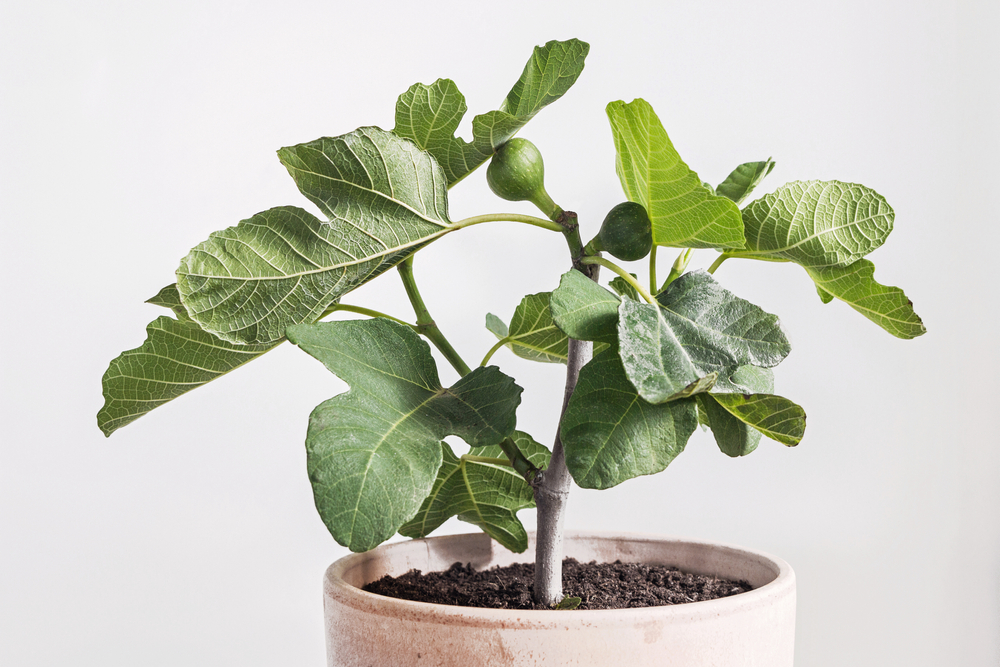
The Fig Tree grows surprisingly well indoors when given enough light and space. It likes temperatures between 65 to 75 degrees Fahrenheit and prefers full sun from a south-facing window. The best time to plant it is in early spring. Indoors, it grows about 4 to 6 feet tall depending on the container size.
Figs need consistent moisture but should never sit in wet soil. Let the top layer dry out slightly before watering again. With proper pruning, it will keep a nice shape and size. This tree can produce sweet, edible figs in the right indoor environment.
Avocado Tree
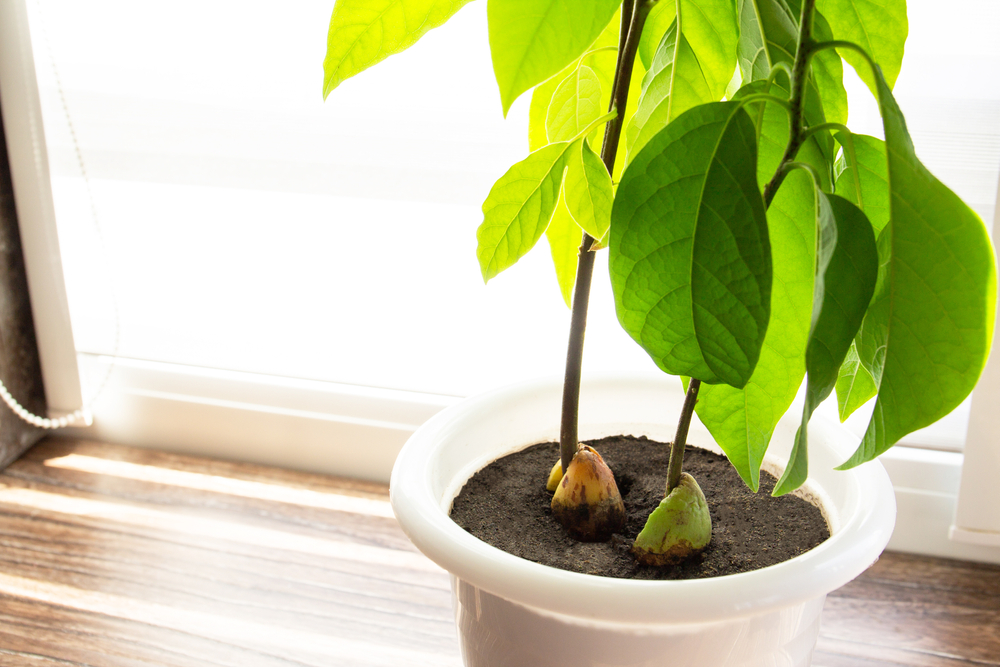
Avocado trees can grow indoors from a seed or young tree, and they enjoy bright, indirect light. They prefer indoor temperatures between 65 to 75 degrees Fahrenheit. The best time to plant them is during spring, which gives them a full warm season to adjust. They usually reach 5 to 7 feet indoors if properly pruned.
Although indoor avocado trees may take several years to fruit, their lush green leaves still make them rewarding. A deep pot with good drainage helps prevent root problems. Keep the soil evenly moist but not soggy. Pinch back new growth to encourage bushier growth.
Dwarf Lime Tree

Dwarf lime trees are ideal for indoor spaces thanks to their compact size and fresh citrus scent. They grow well when planted in late winter or early spring. Keep them in a warm room with temperatures between 65 to 80 degrees Fahrenheit. They generally reach about 3 to 5 feet indoors.
These trees need a sunny spot with at least 6 hours of light per day. They produce small limes perfect for cooking and drinks. Let the soil dry slightly between waterings to avoid overwatering. A bit of citrus fertilizer during the growing season helps keep the plant strong.
Olive Tree
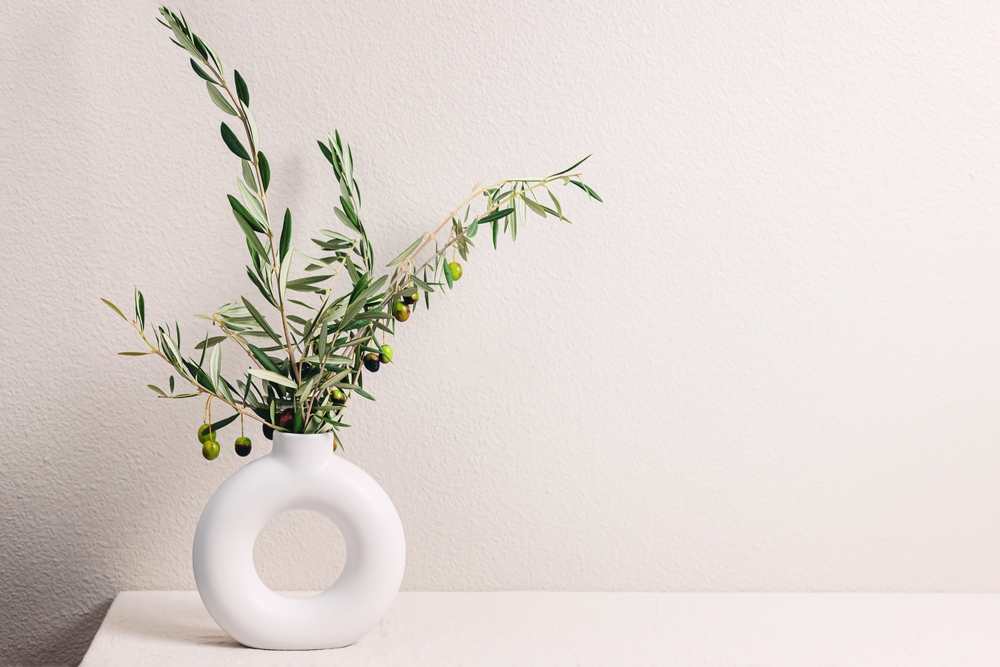
Olive trees grow best in containers placed near a sunny window. They like dry conditions and prefer temperatures between 60 to 75 degrees Fahrenheit. Early spring is the best time to plant one indoors. Expect them to reach about 5 to 6 feet indoors with the right care.
This tree prefers well-draining soil and does not need frequent watering. Let the top few inches of soil dry before watering again. Indoor olive trees may not bear many fruits, but their silvery leaves add a nice touch. Trim lightly to keep the shape manageable.
Dwarf Nectarine Tree
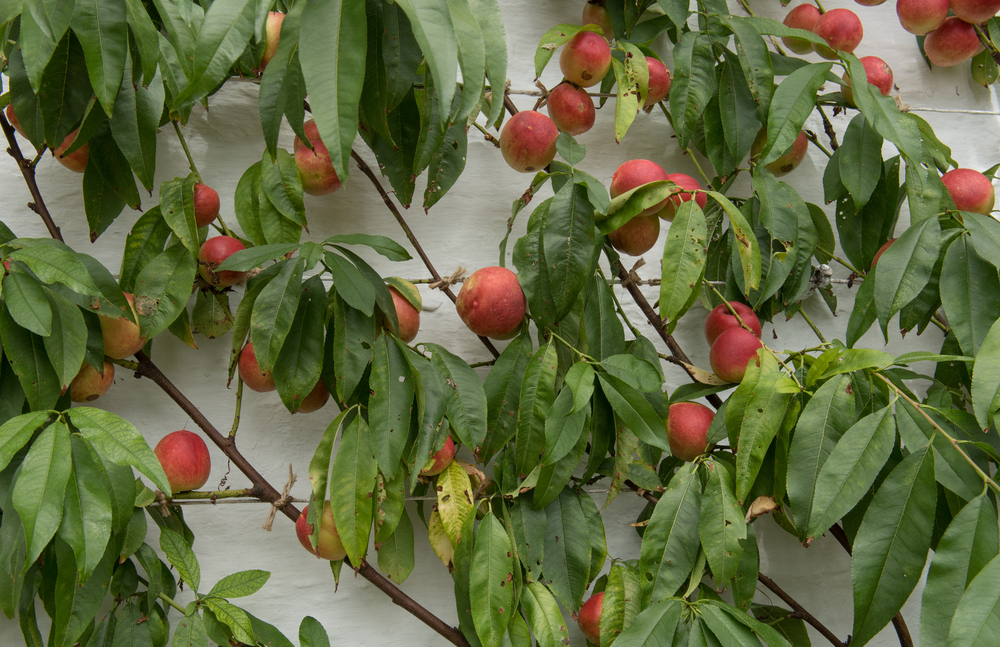
Dwarf nectarine trees are similar to peaches and grow well inside with enough light. Plant in spring and keep them in rooms with temperatures between 65 to 75 degrees Fahrenheit. They grow to around 4 to 5 feet tall in containers. A sunny spot near a window is ideal.
Water when the soil feels dry near the top, and do not let the roots sit in water. Fertilize lightly during the growing season to support fruit production. These trees can reward you with juicy nectarines in late summer. Keep the branches trimmed to help the tree stay compact.
Kumquat Tree
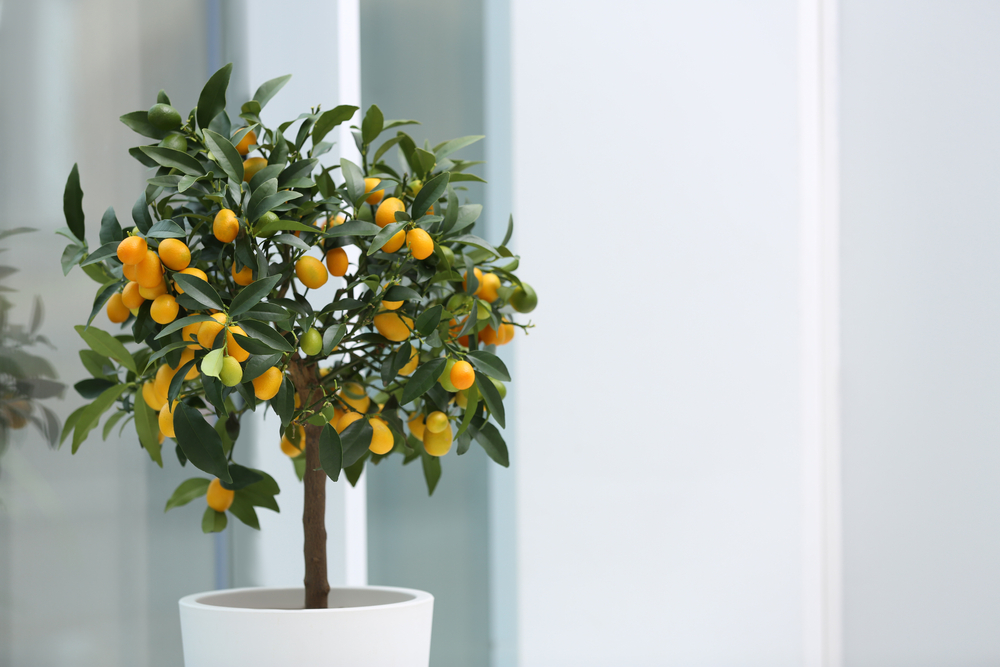
Kumquat trees are great for indoor growing thanks to their small size and bright fruit. They like to be planted in early spring and enjoy indoor temperatures from 60 to 75 degrees Fahrenheit. These trees usually grow to about 4 to 6 feet tall. A sunny window with at least 6 hours of light daily works best.
They produce small, tangy fruits that can be eaten skin and all. The tree prefers moist but not soggy soil, so water when the top layer feels dry. A little humidity in the room can help the leaves stay healthy. Light pruning helps keep the tree compact and tidy.
Dwarf Apricot Tree
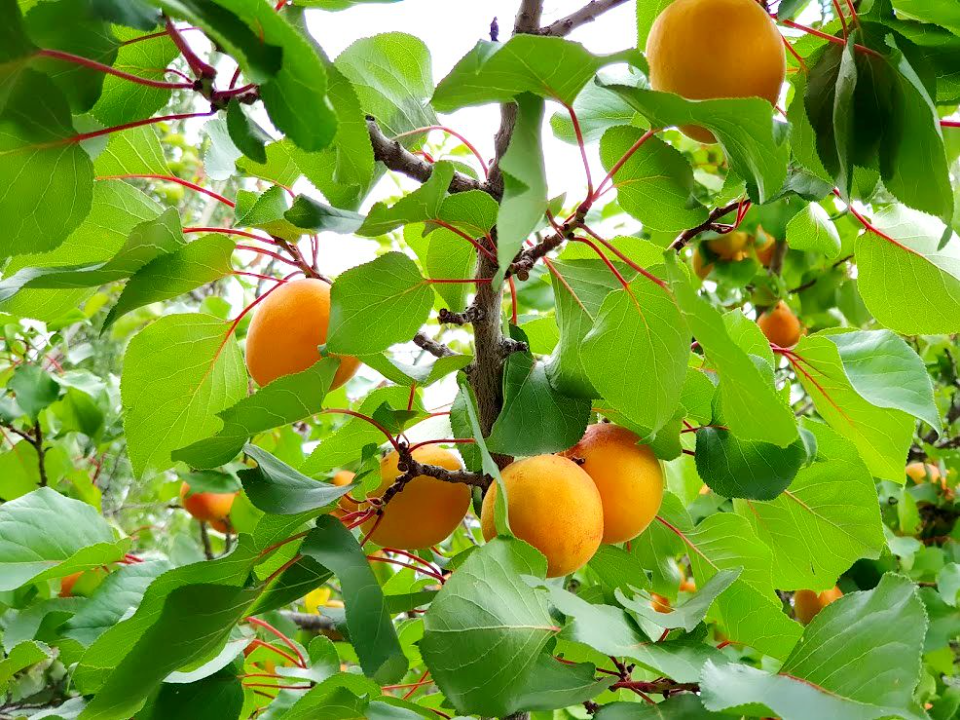
Dwarf apricot trees can grow indoors in large pots with proper sunlight. They enjoy temperatures between 60 to 75 degrees Fahrenheit and should be planted in early spring. Indoors, they grow about 4 to 6 feet tall with light pruning. They need full sunlight for most of the day to thrive.
These trees like well-drained soil and regular watering without staying soggy. During the growing season, feed with a fruit tree fertilizer every few weeks. Expect sweet apricots to ripen in mid to late summer. Keep the plant in a bright room and rotate occasionally for even growth.
Papaya Tree
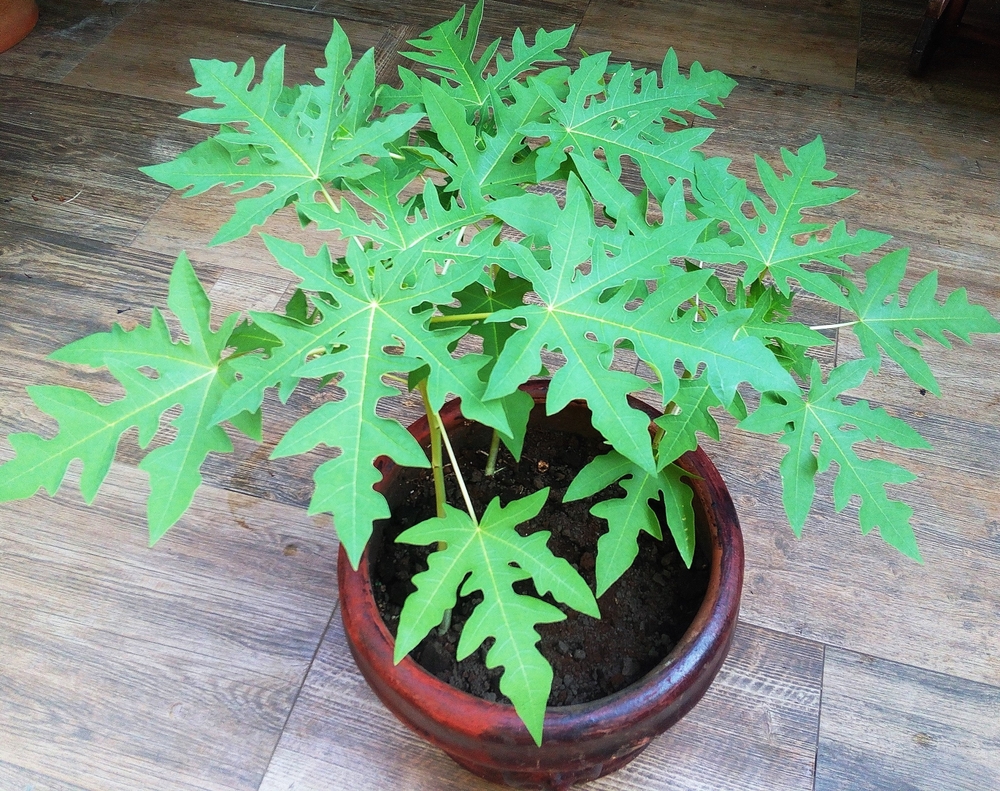
Papaya trees are fast-growing and enjoy warm, sunny indoor spaces. They grow best when planted in spring and prefer temperatures from 70 to 85 degrees Fahrenheit. Indoors, they reach about 5 to 8 feet if given space and light. A tall ceiling and large pot help this tropical plant grow well.
These trees like soil that drains well and stays lightly moist. Papayas may produce fruit within a year under the right conditions. A grow light can help during darker months. Trim lower leaves as it grows to help it stay upright.
Dwarf Cherry Tree
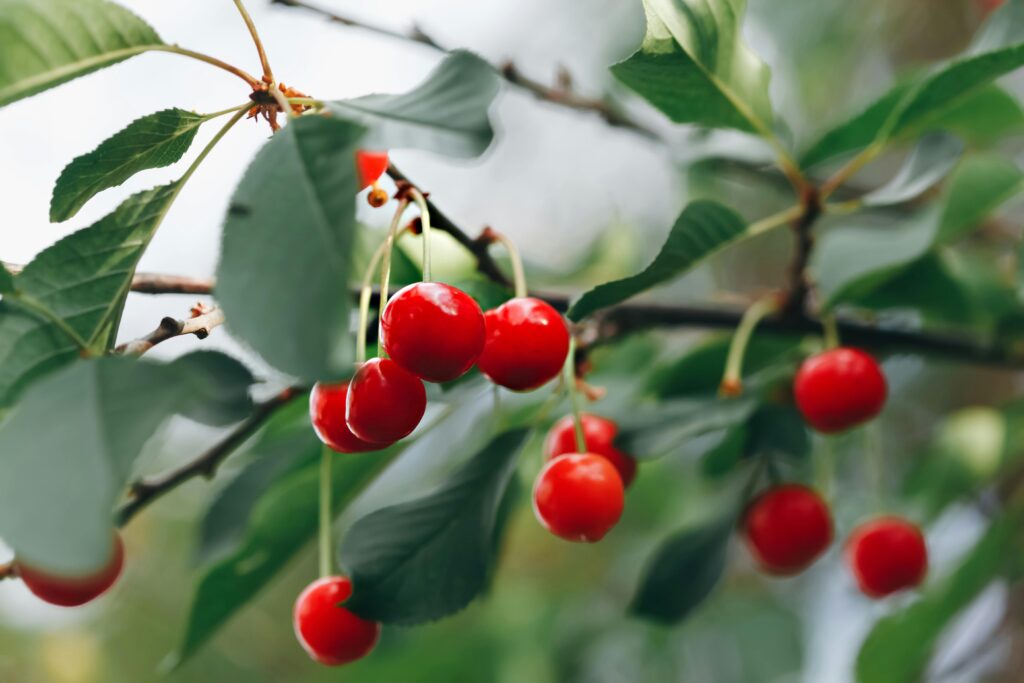
Dwarf cherry trees are popular indoor options due to their compact size and pretty blossoms. Plant them in early spring and keep them in a room that stays between 60 to 75 degrees Fahrenheit. They usually grow to about 3 to 5 feet indoors. A sunny window or grow light helps them stay strong.
They need evenly moist soil and benefit from a cooler period in winter to rest. Expect fruit in late spring or early summer. Their small cherries can be sweet or tart depending on the variety. Prune lightly after harvest to keep their shape.
Dragon Fruit (Pitaya)
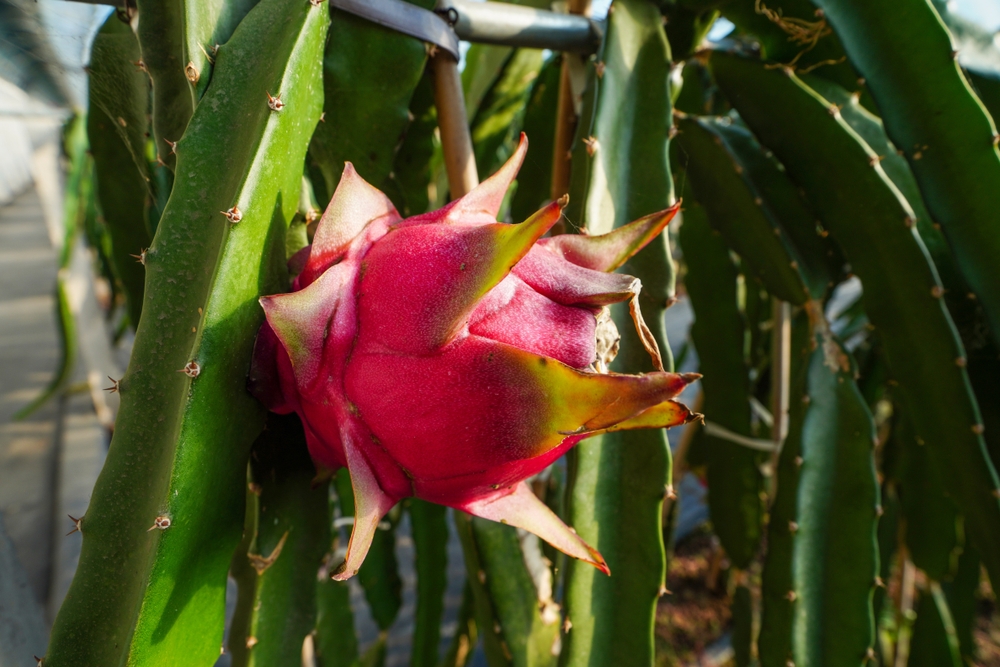
Dragon fruit plants grow from cactus-like vines that can thrive indoors with support. Plant them in spring and place them in a bright, warm spot with temperatures around 70 to 85 degrees Fahrenheit. They can grow to 5 feet or more if trained vertically. A trellis or pole helps support their long arms.
They like sandy, well-drained soil and minimal watering. Let the soil dry before watering again. The flowers bloom at night and produce fruit shortly after. These unique fruits are both sweet and decorative.
There is something satisfying about watching fruit grow right inside your home. These trees are a great match for indoor gardeners looking for something more rewarding than basic houseplants. Sunlight, good soil, and regular care go a long way. Start with one tree and see how it transforms your space over time.
This article originally appeared on Avocadu.
